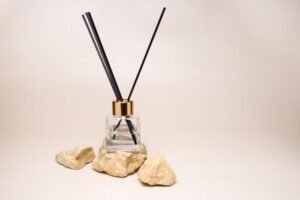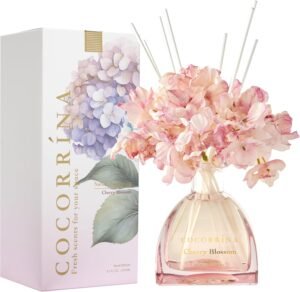Aromatherapy has gained immense popularity for its promise of well-being, but has anyone stopped to question if all those fragrant promises come with hidden risks? For someone like Anita, a national brand buyer focused on diversified yet safe product ranges, or Lisa, a brand owner developing complete product lines, understanding the nuances of safety and efficacy is paramount. What exactly are the potential downsides, and how can we use these potent plant extracts wisely? It’s time we explore the full picture.
While often perceived as benign, aromatherapy carries potential risks, including skin irritation, allergic reactions, photosensitivity, and systemic toxicity if essential oils are misused or adulterated. Rational and safe use of aromatherapy involves understanding the chemical composition and potency of essential oils, adhering to proper dilution guidelines, selecting high-quality, unadulterated products, avoiding internal consumption, and exercising caution with specific populations such as children, pregnant women, and individuals with underlying health conditions, always prioritizing external, diffused application.
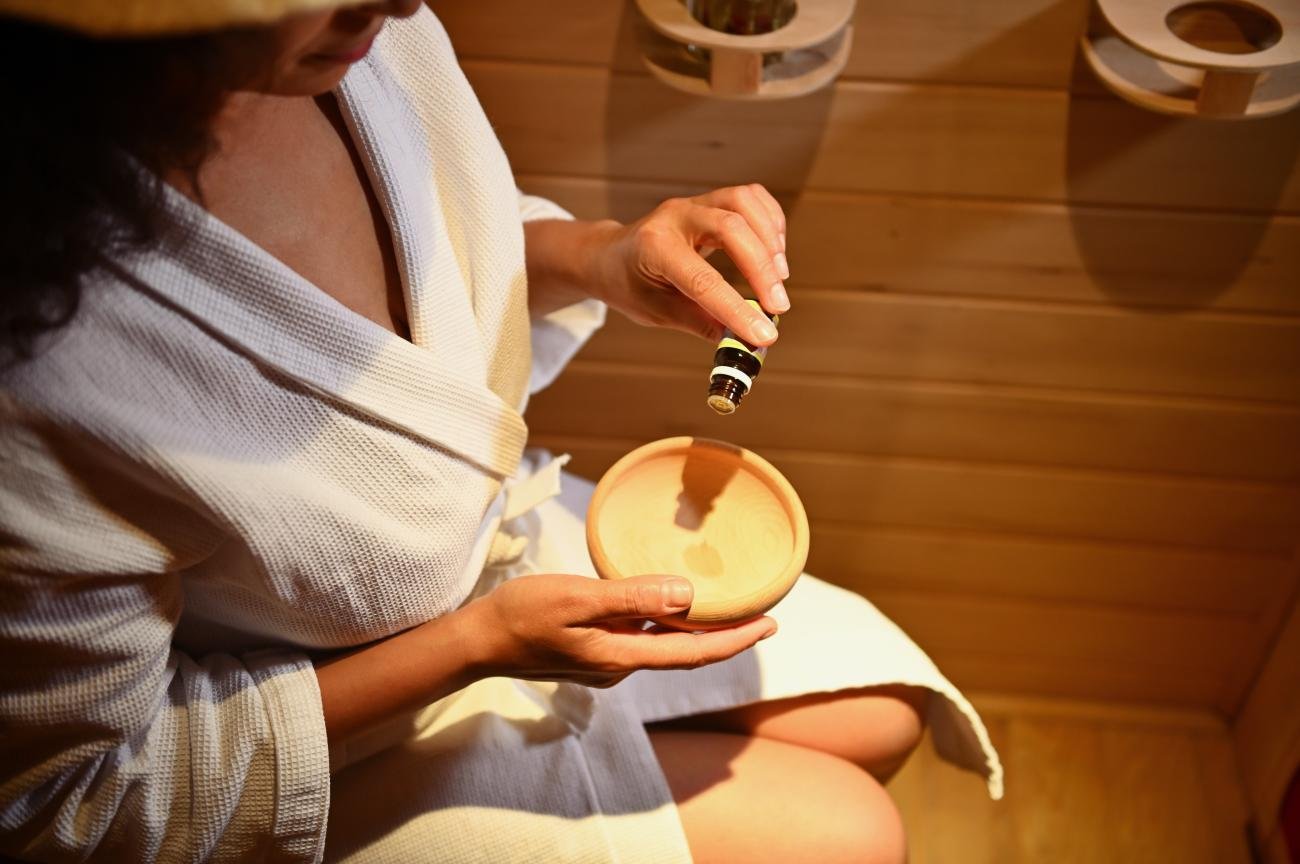
I remember when I first started in the fragrance industry over 15 years ago. Everyone talked about the "magic" of essential oils, but few discussed the "chemistry" or the "safety protocols." My own curiosity led me to dive deeper. When we work with clients to create therapeutic-grade essential oils or scented candles, safety is always our first priority. It is not just about a pleasant smell. It is about understanding potent active compounds and using them with respect. Let’s dig into the potential pitfalls and the smart ways to avoid them.
The Hidden Dangers: Understanding Potential Toxicity
Aromatherapy uses essential oils, which are highly concentrated plant extracts. Their potency is what makes them effective, but it is also what can make them hazardous if not used correctly.
Essential oils, due to their highly concentrated nature, pose various toxicity risks if misused, ranging from localized skin irritation and allergic reactions to more severe systemic effects. Photosensitivity can occur with certain oils when exposed to sunlight, while internal consumption can lead to organ damage or poisoning. The presence of adulterated or impure oils further exacerbates these risks, making careful selection and application crucial for user safety.
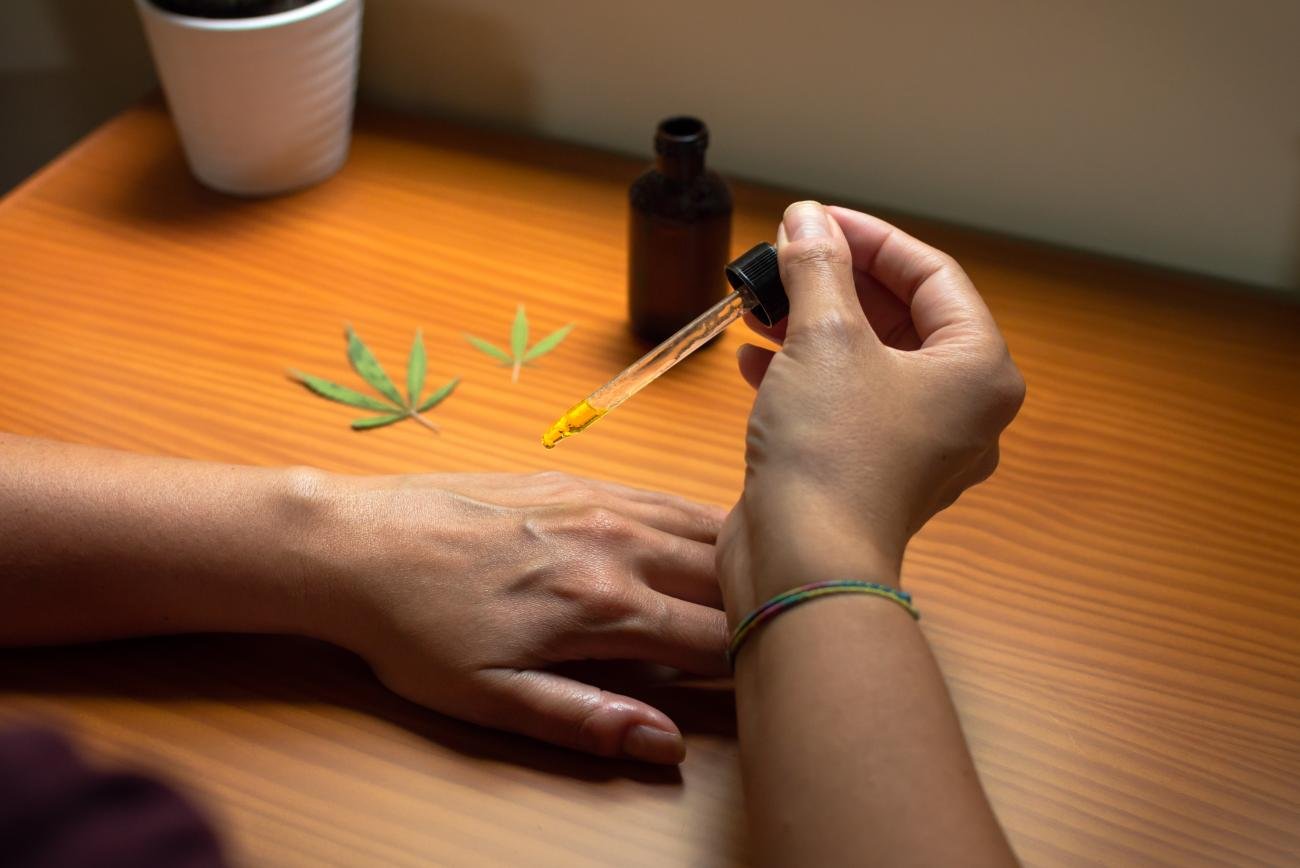
I have seen cases where people assumed "natural" meant "harmless." This is a dangerous misconception.
1. Skin Irritation and Allergic Reactions 🧪
- Dermal Irritation: Essential oils can cause direct skin irritation, manifesting as redness, itching, burning, or rashes. This is especially true for "hot" oils like cinnamon, clove, or oregano, or when oils are applied undiluted.
- Sensitization: Repeated exposure, particularly to undiluted oils, can lead to sensitization. This means that a person might develop an allergic reaction to an oil they previously tolerated. Once sensitized, the reaction can be triggered by even minute exposure.
- Patch Testing Is Crucial: Always recommend a patch test for new oils. Apply a tiny, diluted amount to a small area of skin (like the inner forearm) and wait 24 hours to check for any reaction.
2. Photosensitivity ☀️
- Sunlight Interaction: Certain essential oils, primarily cold-pressed citrus oils like bergamot, lemon, lime, and grapefruit, contain compounds called furanocoumarins. These compounds react with UV light.
- Severe Sunburn: If these oils are applied to the skin and then exposed to sunlight, they can cause severe burns, blistering, and long-lasting hyperpigmentation.
- Caution Needed: For this reason, advise avoiding sun exposure for at least 12-24 hours after applying photosensitive oils to the skin. Distilled citrus oils are generally not photosensitive.
3. Systemic Toxicity (Internal Use) ⚠️
- Highly Concentrated: Essential oils are extremely concentrated. One drop can contain the active compounds of many pounds of plant material. Ingesting even small amounts can be dangerous.
- Organ Damage: Ingestion can lead to various systemic issues, including liver damage, kidney damage, gastrointestinal upset, central nervous system depression, or even poisoning.
- Not Food Grade: Most essential oils are not food-grade or intended for internal consumption. This is a common misconception. When we discuss product development with clients like Anita and Lisa, we emphasize that "aromatherapy" primarily means external or diffused use, not internal.
4. Adulteration and Poor Quality 📉
- Impure Oils: The market is flooded with essential oils that are adulterated, diluted with cheaper oils, or contain synthetic chemicals. These can increase the risk of adverse reactions and undermine therapeutic benefits.
- Lack of Regulation: The essential oil industry often lacks strict regulation. It is difficult for consumers to distinguish between pure, high-quality oils and inferior products.
- Reputable Sourcing: When customers ask me how to select essential oils, I always advise finding reputable suppliers who provide gas chromatography-mass spectrometry (GC-MS) reports. This report details the chemical composition, proving purity.
Understanding these risks is the first step toward safe aromatherapy practices. It is not about fear, but about respect for the potency of these natural compounds.
The Rational Use of Aromatherapy: Safety First
Knowing the risks allows us to develop safe and effective usage practices. Rational use means applying common sense, scientific understanding, and cautious experimentation.
Rational use of aromatherapy hinges on adhering to strict safety protocols, including always diluting essential oils in a carrier oil for topical application, utilizing proper diffusion methods, and never ingesting oils unless specifically advised by a qualified medical professional. It also involves selecting appropriate oils based on individual health conditions, avoiding use on sensitive populations, and understanding potential drug interactions, thereby maximizing therapeutic benefits while minimizing adverse reactions.
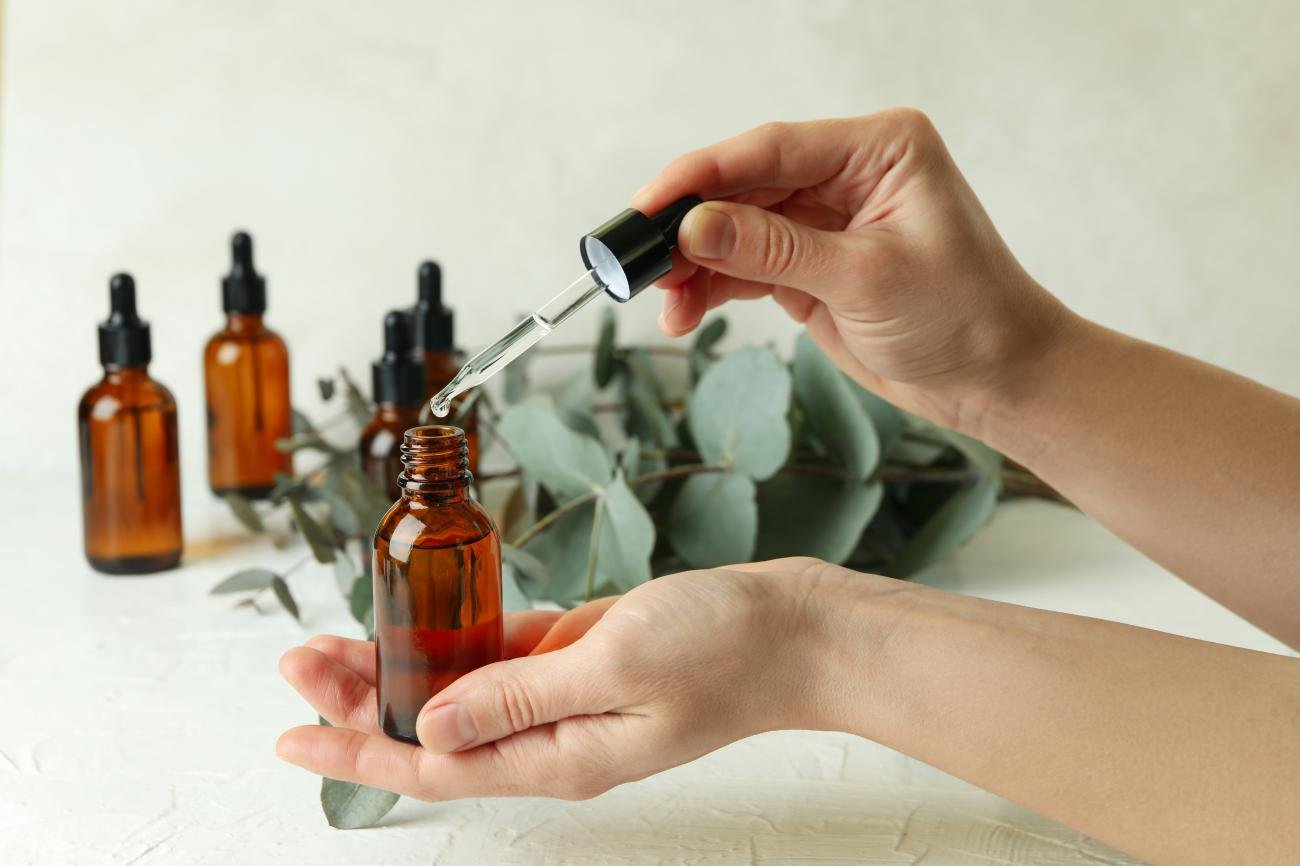
For all our aromatic products, whether essential oils or scented candles, safety guidelines are central to our product development.
1. Dilution is Key 💧
- Carrier Oils: Always dilute essential oils in a suitable carrier oil like jojoba, almond, coconut, or grapeseed oil before applying them to the skin. This reduces skin irritation and enhances absorption.
- Recommended Ratios: A common dilution ratio for adults is 1-3% (1-3 drops of essential oil per teaspoon of carrier oil). For children, elderly, or those with sensitive skin, even lower dilutions (0.5-1%) are recommended.
- No "Neat" Application: Avoid applying undiluted essential oils directly to the skin, especially on large areas, open wounds, or highly sensitive areas.
2. Proper Diffusion Methods 🌬️
- Inhalation Safest Method: Inhalation through a diffuser is generally considered one of the safest and most effective ways to use essential oils for therapeutic benefits.
- Types of Diffusers: Ultrasonic diffusers (which create a fine mist with water) and nebulizing diffusers (which atomize pure essential oil into the air) are popular choices. Ensure good ventilation in the room.
- Intermittent Diffusion: Diffuse in short bursts (e.g., 15-30 minutes on, 30 minutes off) rather than continuously for hours. This prevents overexposure and allows the body to process compounds.
3. Avoid Internal Use (Unless Professionally Guided) 🚫
- Strong Warning: As a general rule, do not ingest essential oils. They are not dietary supplements.
- Specialized Knowledge: If considering internal use for specific medical conditions, this should only be done under the direct supervision of a qualified medical professional (e.g., an aromatherapist with medical training, or a doctor) who has extensive knowledge of essential oil pharmacology and toxicology. This is rare and not for general consumers. When clients ask about this, I stress caution.
4. Caution with Specific Populations 👶🤰👵
- Children: Use essential oils sparingly and with extreme dilution on children. Certain oils (e.g., peppermint around the face for infants) should be avoided entirely. Diffusion should be in well-ventilated areas and short-term.
- Pregnant/Breastfeeding Women: Many essential oils are contraindicated during pregnancy or breastfeeding due to potential effects on the fetus or infant. Always consult with a healthcare provider.
- Elderly and Ill Individuals: These groups may be more sensitive and require lower dilutions and careful oil selection. Individuals with asthma, epilepsy, or other chronic conditions need to be particularly cautious and consult their doctor.
5. Storage and Purchase 🛍️
- Dark Glass Bottles: Store essential oils in dark glass bottles with airtight caps to protect them from light and air, which can degrade their quality.
- Cool, Dark Place: Keep them in a cool, dark place away from direct sunlight and heat.
- Reputable Suppliers: Purchase essential oils only from reputable suppliers who provide transparency about their sourcing, testing methods (GC-MS reports), and distillation processes. This is something ENO always emphasizes for our partners. It ensures our finished products are of the highest quality for brands like BLUE JACAR or for Amazon sellers globally.
By following these fundamental safety guidelines, individuals can enjoy the many benefits of aromatherapy while minimizing potential risks. It is about being informed and using these powerful plant extracts responsibly.
Conclusion
Aromatherapy, while offering profound benefits for well-being, requires a careful understanding of essential oil potencies and potential risks. By prioritizing high-quality products, adhering to dilution guidelines, utilizing safe diffusion methods, avoiding internal consumption, and exercising caution with vulnerable populations, users can harness the therapeutic power of essential oils safely and effectively, transforming a potentially hazardous practice into a truly beneficial one.


